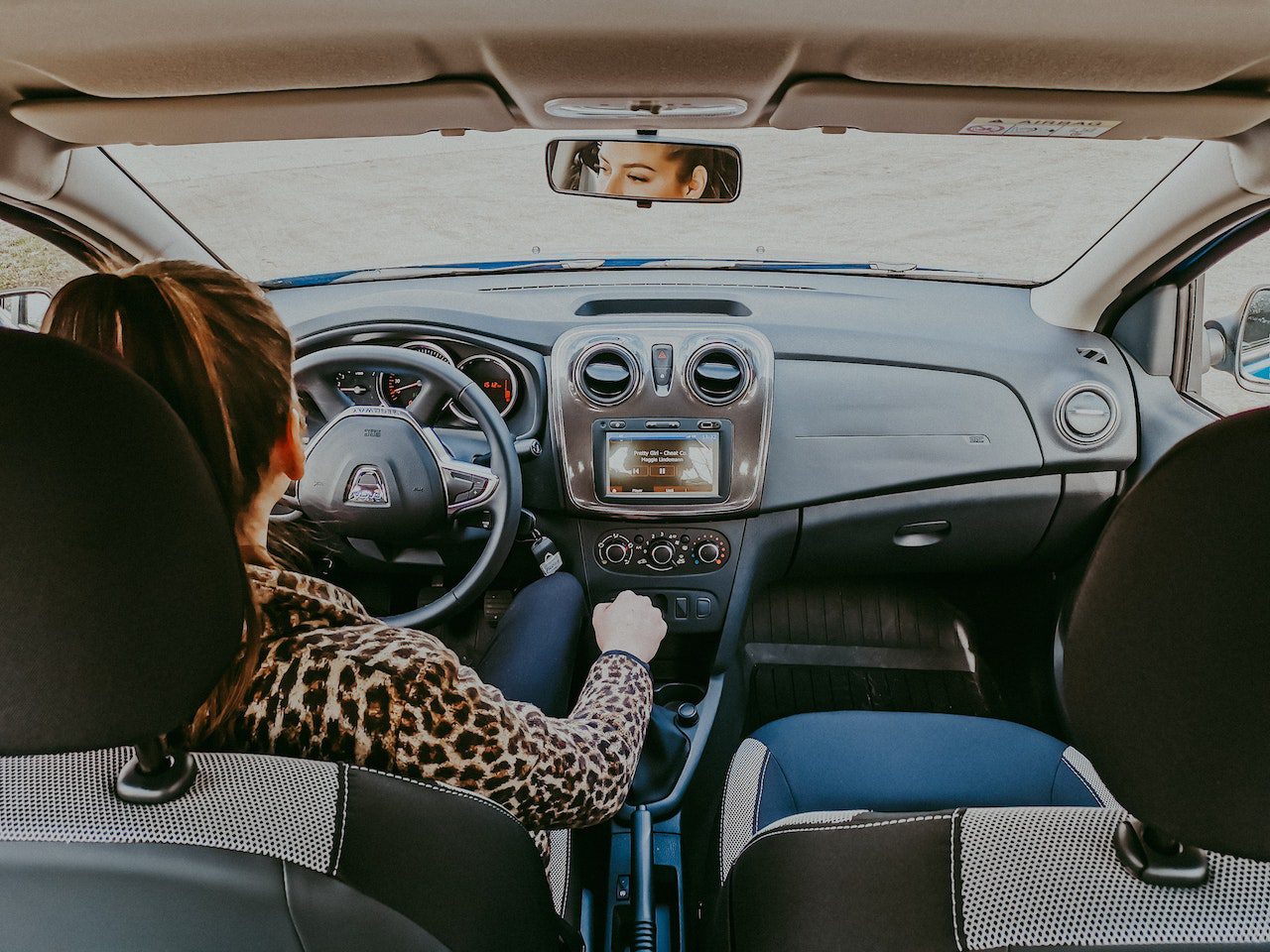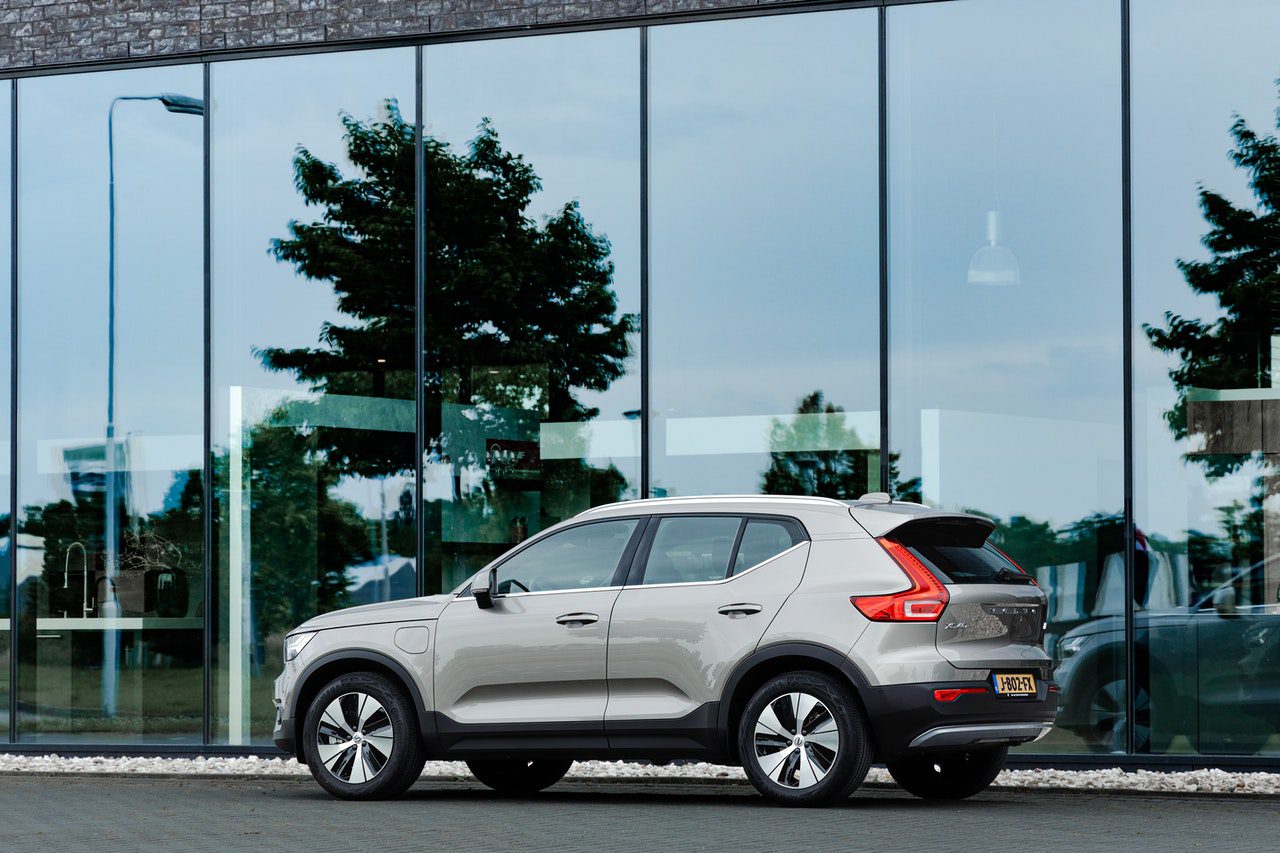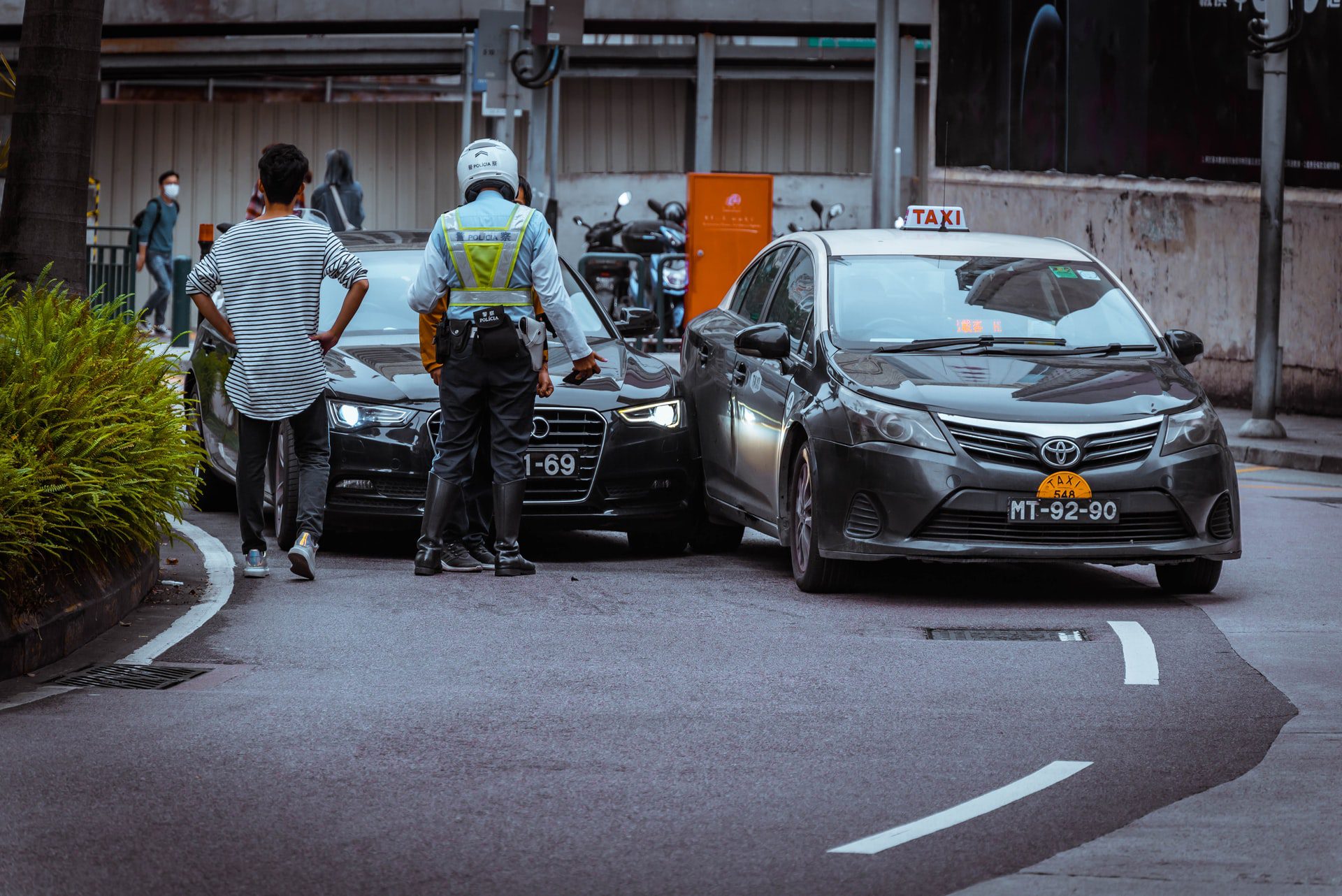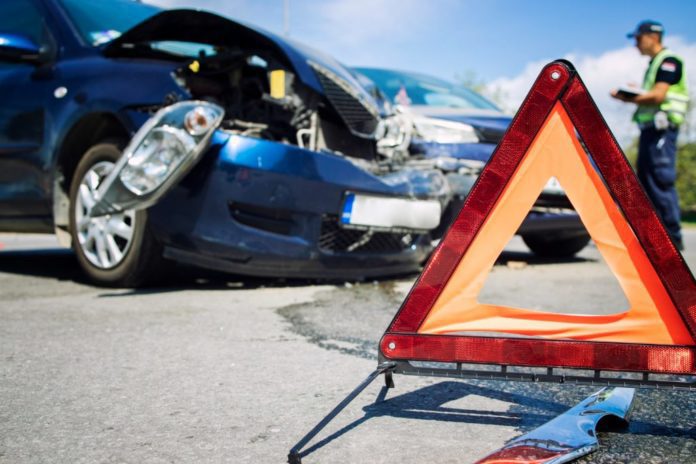Self-driving cars, augmented reality windshields, driver assist systems, automatic braking systems, mobile app synchronization, the list of technologies developed for cars, is increasing every day. Convenience aside, the purpose of these technologies is to ensure the occupants of the car have a safe and relaxed traveling experience.
The overreliance on technology has given rise to a whole new list of problems. Malfunctioning cars are causing serious injuries and, in some situations, even death. When another driver causes an accident, a car accident lawyer can prove their negligence and get you compensation. But what happens in the case of defective parts?
This blog post discusses the 5 common ways defective parts can lead to car accidents. I’ve also shared a few pointers on what to do when you’re involved in one.
Defective Tires
Tires are an important part of a car. Hence, it is vital to keep tires in top shape. The durability of tires is blown out of proportion by tire manufacturers since they sit on shelves for so long. Due to this, when a user purchases a new tire, it’s already a bit old.
The older the tire, the greater the chances of blowouts at high speeds. On top of that, overfilling and underfilling a tire can also lead to accidents. Misaligned or unbalanced tires may cause accidents as well.
When a car runs on defective or old tires, it can usually lead to drivers losing control of the vehicle, rollovers, and cars running off the road.
Malfunctioning Brakes

Car owners should never ignore brakes. Brake maintenance should be taken seriously since all movable and immovable parts of a brake have a limited lifetime. Also, damage to one component of a brake can spread to other parts of the brake as well.
Brake failure can have devastating consequences. Worn-out brakes may take more time to slow down or stop the vehicle. In some instances, a damaged brake, when used, may also drag the car to one side.
Accidents caused by malfunctioning brakes can range from minor rear-end collisions to major accidents involving pedestrians and other motorists.
Airbag Defects
An airbag is a revolutionary piece of safety equipment that all cars today come with. It protects the occupants in the event of an accident.
A safety device like an airbag cannot cause accidents, right? You’re wrong.
A botched airbag deployment leads to serious injuries during an accident. Also, some airbags deploy by themselves, blocking the driver’s view and causing accidents. There are also instances where airbags deploy too fast or with a higher force. In such instances, injuries can range from minor scratches to broken bones to death.
Also Read: 6 Things Teen Driver Must Know to Avoid Accidents
Faulty Headlights/Taillights

Visibility is everything for a driver. Proper maintenance of headlights and taillights is vital, even if you’re not someone who frequently drives at night or in conditions with poor visibility.
Headlights/taillights not only improve visibility but also alert other motorists about your vehicle. Faulty taillights greatly diminish the visibility of your car, leading to accidents like rear-end collisions or side collisions.
Broken headlights hinder visibility, increasing the chances of your vehicle running off the road and bumping into other vehicles, signs, dividers, and pedestrians.
Blinkers (turn signals) are an often overlooked part of a car. They can be useful for drivers when changing lanes or slowing down for turns. Faulty/malfunctioning blinkers increase the chances of an accident, especially at intersections.
Steering and Suspension Problems

Steering and suspension problems are often mentioned together since they are mechanical problems, and they’re difficult to identify after a crash. Faulty steering and suspension often lead to loss of control of the vehicle, that too, at times when you’d least expect it.
A faulty steering system may lock the direction your vehicle is heading, resulting in accidents with other vehicles or elements on the road.
As for suspension, the vehicle may not accelerate when needed, like when your car slows down at an intersection with oncoming traffic.
Also Read: Don’t Make Accidents After An Accident: 4 Things to Keep in Mind Right After a Car Accident and More
What to do After an Accident

Accidents caused by defective parts can be quite complex. The liable parties may include the manufacturer of the vehicle and the part, the seller of the vehicle and the part, and the mechanic who serviced the car.
Also, the victim can use any of the liability theories to support their claim. Common liability theories include strict liability, breach of express warranty, and breach of implied warranty.
After an accident, your best bet would be to consult an experienced car accident attorney. Not only will they fight to get just compensation for your case, but they will also represent you in court, if necessary, and deal with predatory insurance adjusters.


